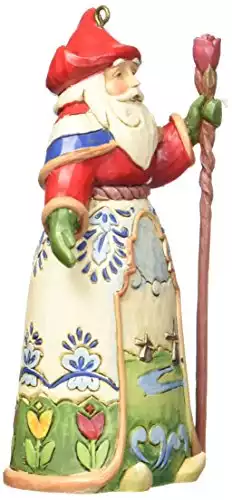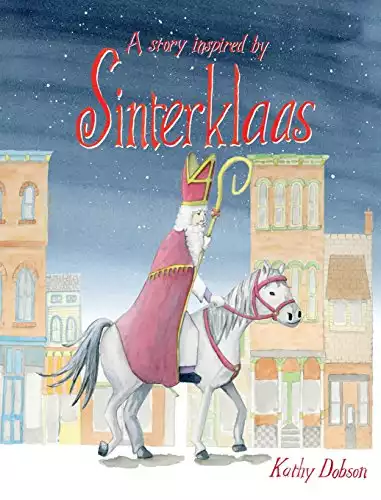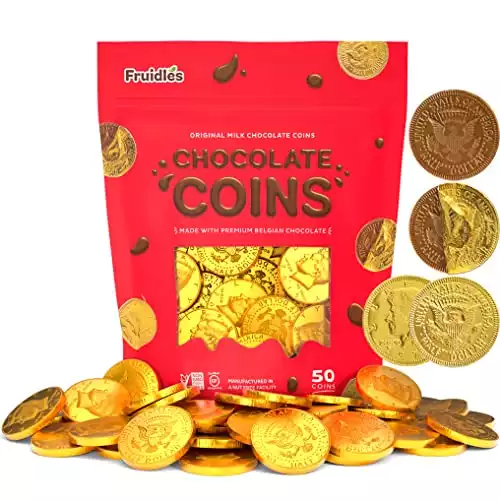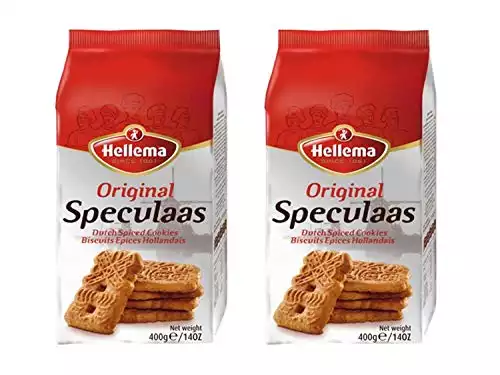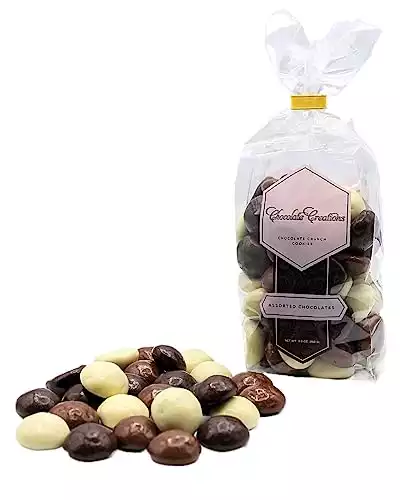In this Article
Toggle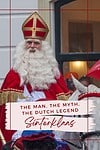
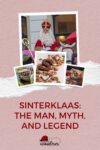
Immerse yourself in the enchanting world of Sinterklaas. This Dutch holiday tradition captivates the hearts of both young and old. From grand parades to intimate family gatherings, discover how the Netherlands turns the holiday season into a unique cultural experience.
When I lived in the Netherlands, I had the opportunity to experience the magic of Sinterklaas firsthand. The holiday season in the Netherlands is unlike any other, and Sinterklaas plays a pivotal role in it. From the moment he arrives by boat to Pakjesavond, the evening of gift-giving, the Dutch have a unique way of making this tradition come alive, and I’m excited to share it with you.
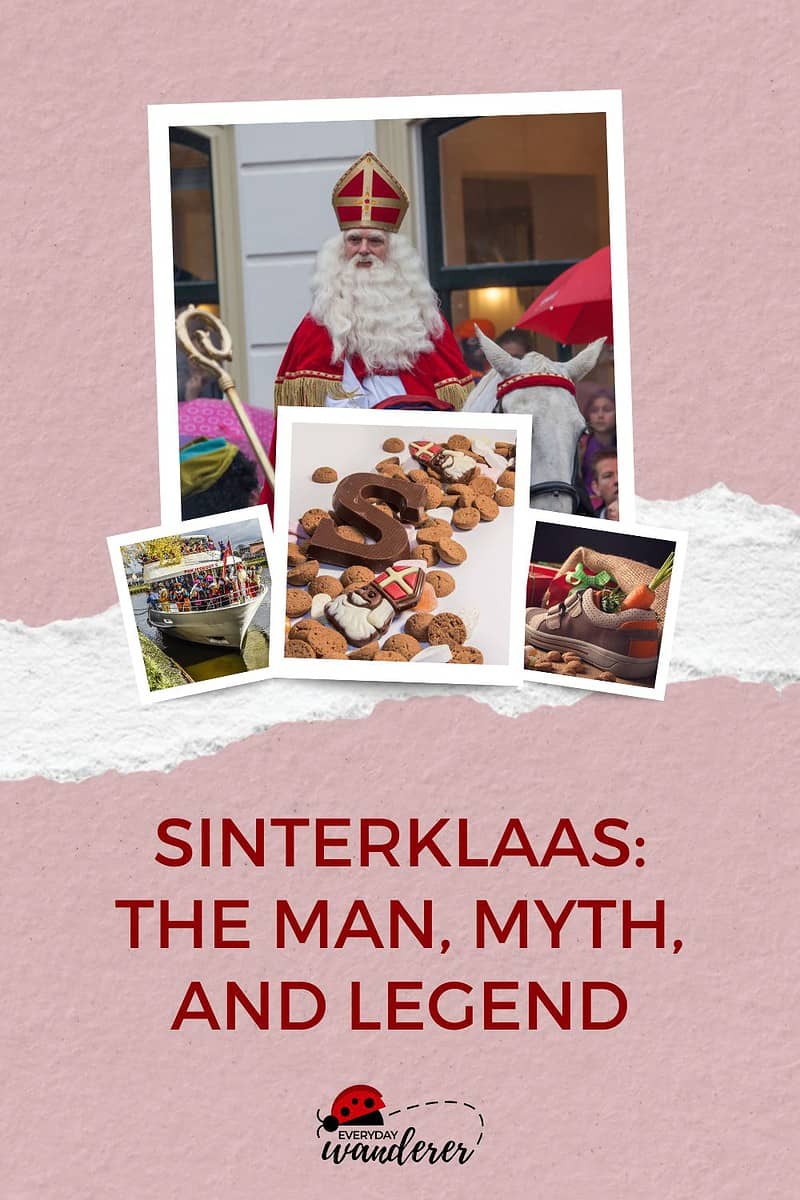
To help offset the costs of running EverydayWanderer.com, you’ll find affiliate links lightly sprinkled throughout the site. If you choose to make a purchase via one of these links, there’s no additional cost to you, but I’ll earn a teeny tiny commission. You can read all of the legal blah blah blah (as my little niece says) on the full disclosure page.

Who is Sinterklaas?
Sinterklaas is a cornerstone of Dutch culture, a figure so deeply ingrained in the national psyche that he transcends mere holiday folklore. Let’s delve into the origins and significance of this beloved character who has been bringing joy to the Dutch people for centuries.
Origins of Sinterklaas
Sinterklaas dates back to the 4th century and is deeply connected to Saint Nicholas. Also known as Nicholas of Bari or Nicholas of Myra, he is the patron saint of not just children and sailors but also prostitutes. (Yes, you’re reading that right.)
According to legend, the Catholic saint has been a recognized protector of women ever since he rescued three young women from being forced into prostitution. To ensure their father instead had a dowry for each of them, Saint Nicholas dropped a sack of gold coins through the window of their house each night for three nights.
Significance to the Dutch People
For the Dutch, Sinterklaas isn’t just a holiday figure — he’s the heartbeat of Dutch cultural heritage and traditions. In the Netherlands, the general rule is Sinterklaas first, then Christmas. As a result, there are two distinct and separate holiday celebrations. During the holiday season, families exchange presents on Pakjesavond (literally “presents evening”) and then move on to decorating their Christmas tree and celebrating that holiday without any gifts.
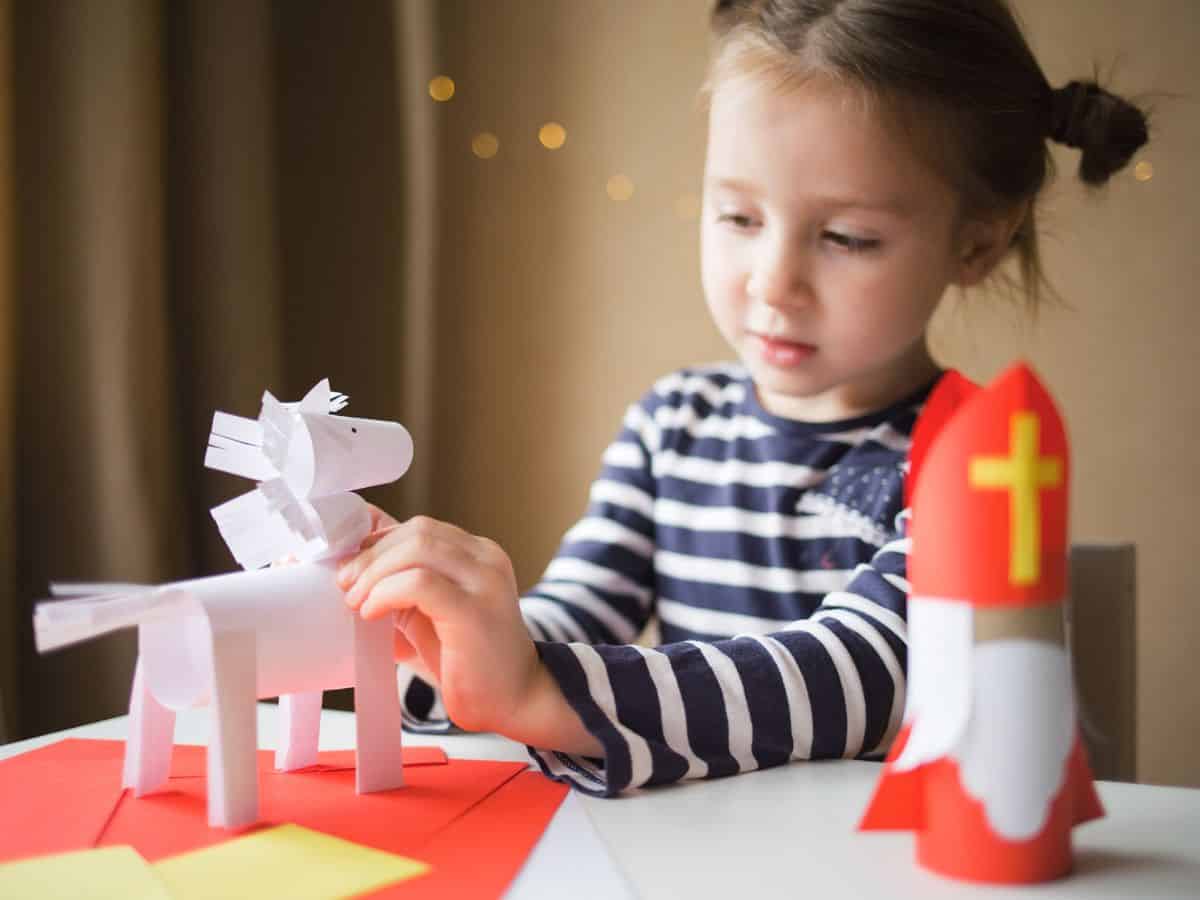
History of Sinterklaas
The history of Sinterklaas is like a family quilt stitched together with legends, faith, and a whole lot of Dutch pride. From his ancient beginnings to his transformation into a modern-day icon, let’s explore how Sinterklaas became an integral part of Dutch heritage.
Ancient Beginnings in Asia Minor
The Sinterklaas tradition has its ancient beginnings in Asia Minor, a region located in modern-day Turkey. Saint Nicholas was a 4th-century bishop known for his generosity and compassion. His acts of kindness and miracles soon made him a revered figure in the early Christian church. The story of his life and deeds spread throughout Asia Minor and eventually reached the Dutch culture.
In the Netherlands, Sinterklaas is depicted as a wise, older man with a long white beard dressed in a bishop’s robe wearing a miter hat. He arrives in the Netherlands by boat and travels on a white steed, accompanied by his helpers called Zwarte Pieten (Black Petes).
Saint Nicholas and His Transformation into Santa Claus
The transformation of Saint Nicholas into Santa Claus can be traced back to the merging of the Dutch figure of Sinterklaas with the British Father Christmas. This transformation was greatly influenced by two key literary works: Washington Irving’s portrayal of Santa Claus in Knickerbocker Tales and Clement Moore’s depiction of Santa Claus in “A Visit from St. Nicholas.”
In Knickerbocker Tales, Irving portrayed Santa Claus as a jolly, rotund figure who flew in a sleigh with a team of reindeer. This imagery, along with the concept of descending through chimneys to deliver gifts, laid the foundation for the transformation from Sinterklaas to Santa Claus.
However, it was Moore’s poem, later titled “The Night Before Christmas,” that solidified the modern image of Santa Claus. Moore’s description of a plump, merry gentleman with a sleigh filled with toys and a team of reindeer, including the famous Rudolph, captured the imagination of readers. This poem became incredibly popular in the 19th century and continues to shape the modern image of Santa Claus.
The transformation of Saint Nicholas into Santa Claus was a gradual process influenced by the literary works of Irving and Moore. Elements such as the sleigh, reindeer, and chimney descent became iconic symbols associated with Santa Claus.

Zwarte Piet, Sinterklaas’s Helper
Zwarte Piet, or Black Peter, is Sinterklaas’s assistant. He is portrayed as a lively, mischievous character who accompanies Sinterklaas during the holiday season. Zwarte Piet wears colorful costumes, often featuring feathered hats and vibrant clothing, adding to his upbeat and playful personality.
During Sinterklaas’s arrival parade, Zwarte Piet plays a central role in the festivities. As the crowd gathers in anticipation, Zwarte Piet is known for throwing candy and cookies to the eager children. This act further adds to the excitement and joy of the celebration.
Traditionally, Zwarte Piet is of North African descent, but the controversial character has evolved. Historically, the Pieten have been portrayed by people wearing Afro wigs with black faces and bright red lips. Some argue that the character’s appearance and portrayal perpetuates racial stereotypes, while others argue that Zwarte Piet is an essential part of Dutch cultural heritage. In some Sinterklaas parades, Zwarte Piet has become Schoorsteen Piet (or “Chimney Pete”), who has soot on his face.
Symbols and Traditions of Sinterklaas
From the aroma of spiced cookies to the vibrant hues of the parade, celebrating Sinterklaas is a sensory delight. Let’s examine the symbols and rituals that make this holiday uniquely Dutch.
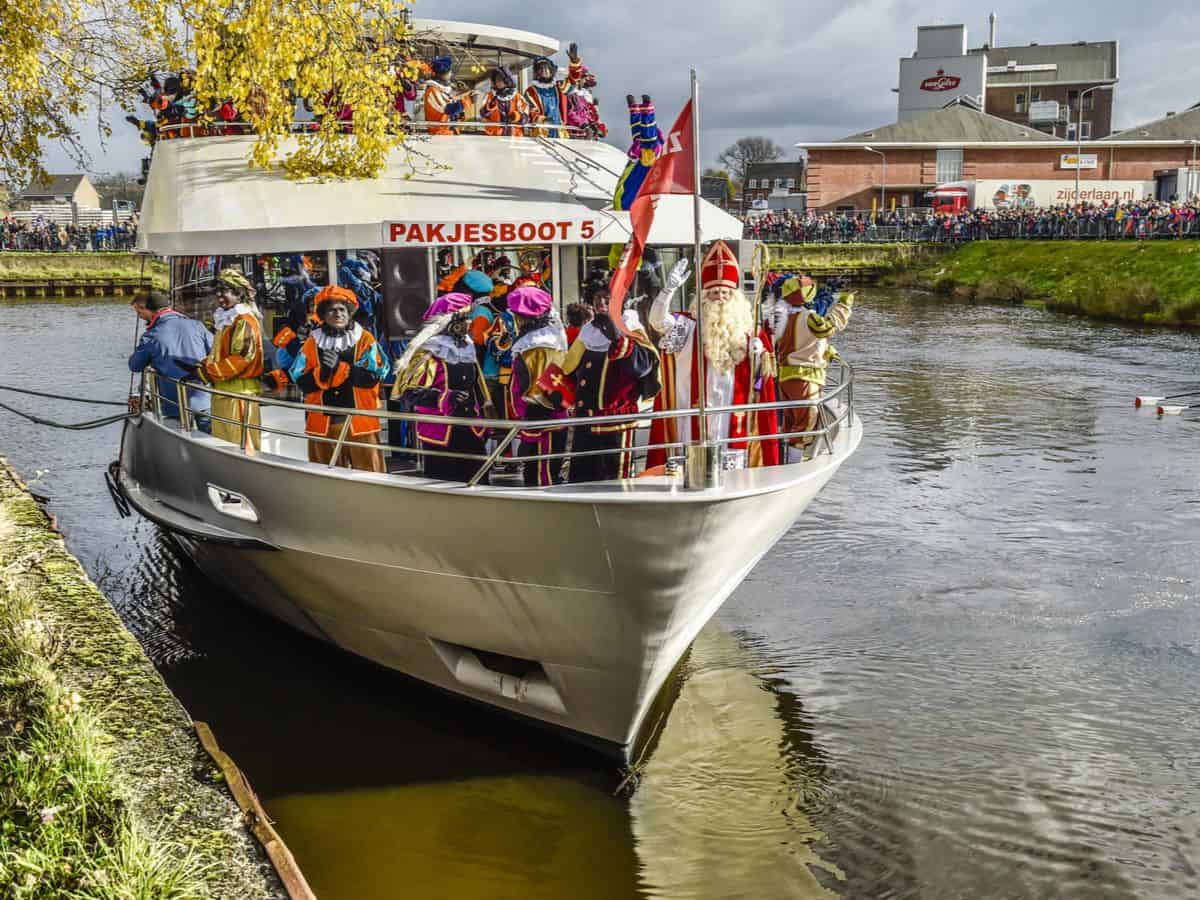
Arrival by Boat and Parade
Sinterklaas’s annual arrival by boat to a seaside town and the accompanying parade are highly anticipated events during the Sinterklaas celebration. He arrives in mid-November after a long journey from Spain.
The arrival is a grand spectacle, attracting thousands of excited onlookers. The parade route is carefully planned and spans the city, starting from the harbor and making its way through the center of town. Colorful floats, marching bands, and performers accompany Sinterklaas as he makes his way through the streets. Local children and families eagerly line the route, eagerly waiting for a glimpse of the beloved figure.
The parade celebrates Dutch heritage and tradition, and the course often highlights significant landmarks and historical sites. His entourage of loyal helpers, the Zwarte Piets, distribute sweets and treats to the eager crowds. Sinterklaas’s arrival by boat and subsequent parade signifies the official start of the season and brings a sense of excitement and joy to the community.

Sinterklaas’s White Steed, Ozosnel
One of the most significant symbols in the Sinterklaas tradition is Sinterklaas’s white steed. During his annual entry, Sinterklaas arrives on a majestic white horse named Ozosnel. The magnificent beast represents nobility and purity, adding a sense of grandeur to the celebration.
The horse is meticulously groomed and adorned with festive decorations. As Sinterklaas rides through the streets, Ozosnel carries the bags of presents, assisted by his loyal helpers, the Black Petes. This aspect of the Sinterklaas tradition symbolizes the generosity and joy associated with the holiday season.

Offering Carrots and Hay
Before they go to bed on December 5th, children leave a single shoe by the fireplace or doorstep. They leave treats like carrots and hay for Sinterklaas’s horse, hoping to find it replaced in the morning with treats and gifts. The following morning, well-behaved children will likely find foil-wrapped chocolate coins, chocolate initials, candy treats, and little gifts in their shoes.
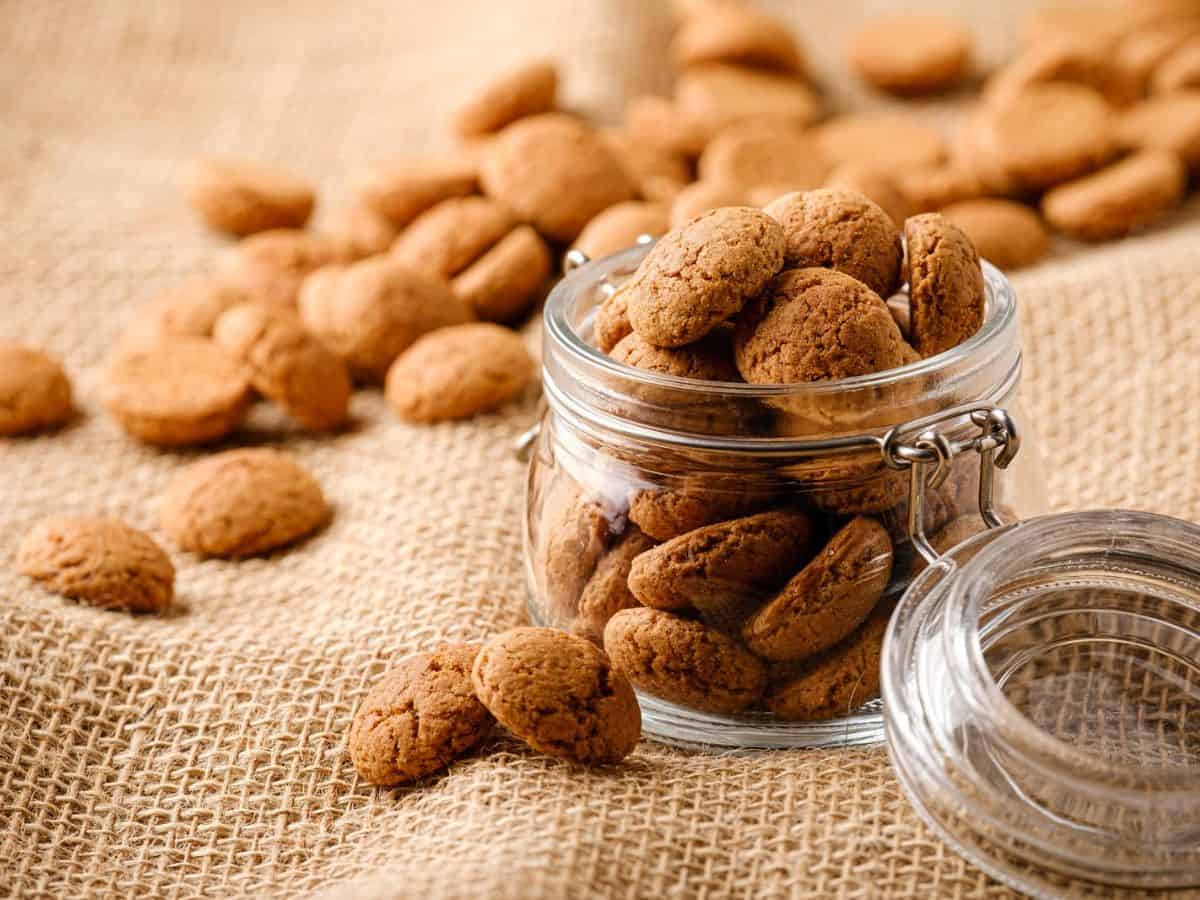
Foods for the Feast of Saint Nicholas
During the Feast of Saint Nicholas, sweet treats play a significant role in the Dutch celebration. One of the most beloved Dutch treats is speculaas, spiced cookies with a rich and fragrant flavor. These cookies are often shaped into intricate windmill or Sinterklaas molds, bringing a touch of whimsy to the holiday season.
Another favorite treat is kruidnoten, small and crunchy spiced cookies often enjoyed by the handful. These little delights are flavored with cinnamon, nutmeg, cloves, ginger, and cardamom, creating a festive ambiance with every bite.
Another holiday treat is banketstaaf, a flaky, marzipan-filled pastry often shaped into a long roll reminiscent of a log. It is the perfect accompaniment to a cup of hot chocolate or coffee during the holiday season.
Wrapping Up the Story of Sinterklaas
Sinterklaas is more than just a holiday figure; he’s a cultural treasure that embodies the spirit of the Dutch people. From the significance of family gift-giving to the joyous parades, Sinterklaas is a Dutch tradition that has stood the test of time, enriching the lives of those who celebrate it.
Have You Celebrated the Holidays in the Netherlands?
What did you enjoy most about Sinterklaas and Pakjesavond? Whether you’ve been part of a Sinterklaas parade or have another experience to share, I’d love to hear your stories in the comments below!

Looking for more information to plan your vacation to the Netherlands? Check out my additional recommendations to help you plan your trip to the Netherlands including what to see and do in the Netherlands, the best places to stay in the Netherlands, where to eat in the Netherlands, and more!
Ready to Go?
Use These Helpful Links to Book Your Trip!
- Find low fares with airfarewatchdog and Skyscanner
- Book your plane ticket with Expedia or Kayak
- Or take the scenic route on an epic road trip in a rental car or an RV from Outdoorsy
- From hotels to private homes, find the perfect accommodation with Hotels.com or Vrbo
- Travel in style with a suitcase, carry-on, backpack, or handbag from eBags
- Save on tickets to attractions, sightseeing tours, and more with CityPASS, Tiqets, and Viator
- Don’t leave home without travel insurance from AXA
- Discover the sights, history, and culture of your destination with an interactive scavenger hunt
- Need something else to plan your perfect trip? Visit my travel resources page for more trusted partners. Happy wandering!
Thank you for sharing!



